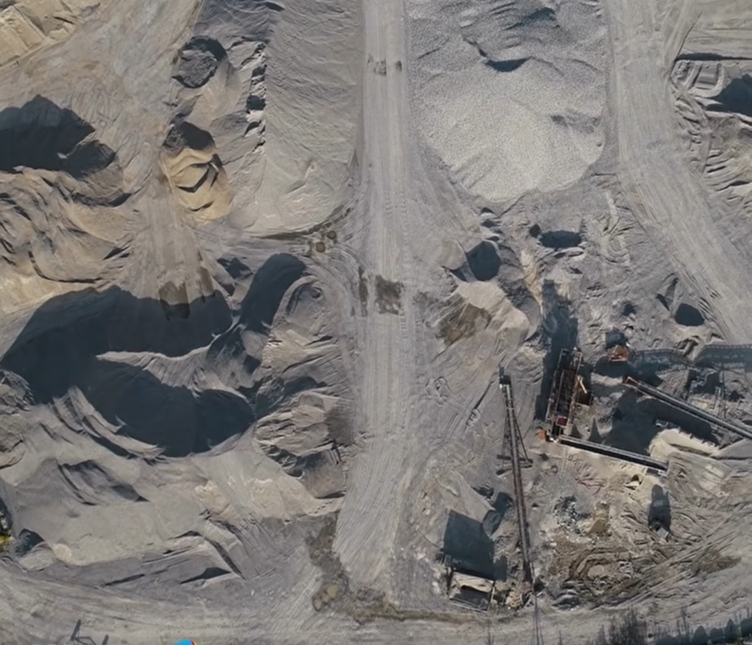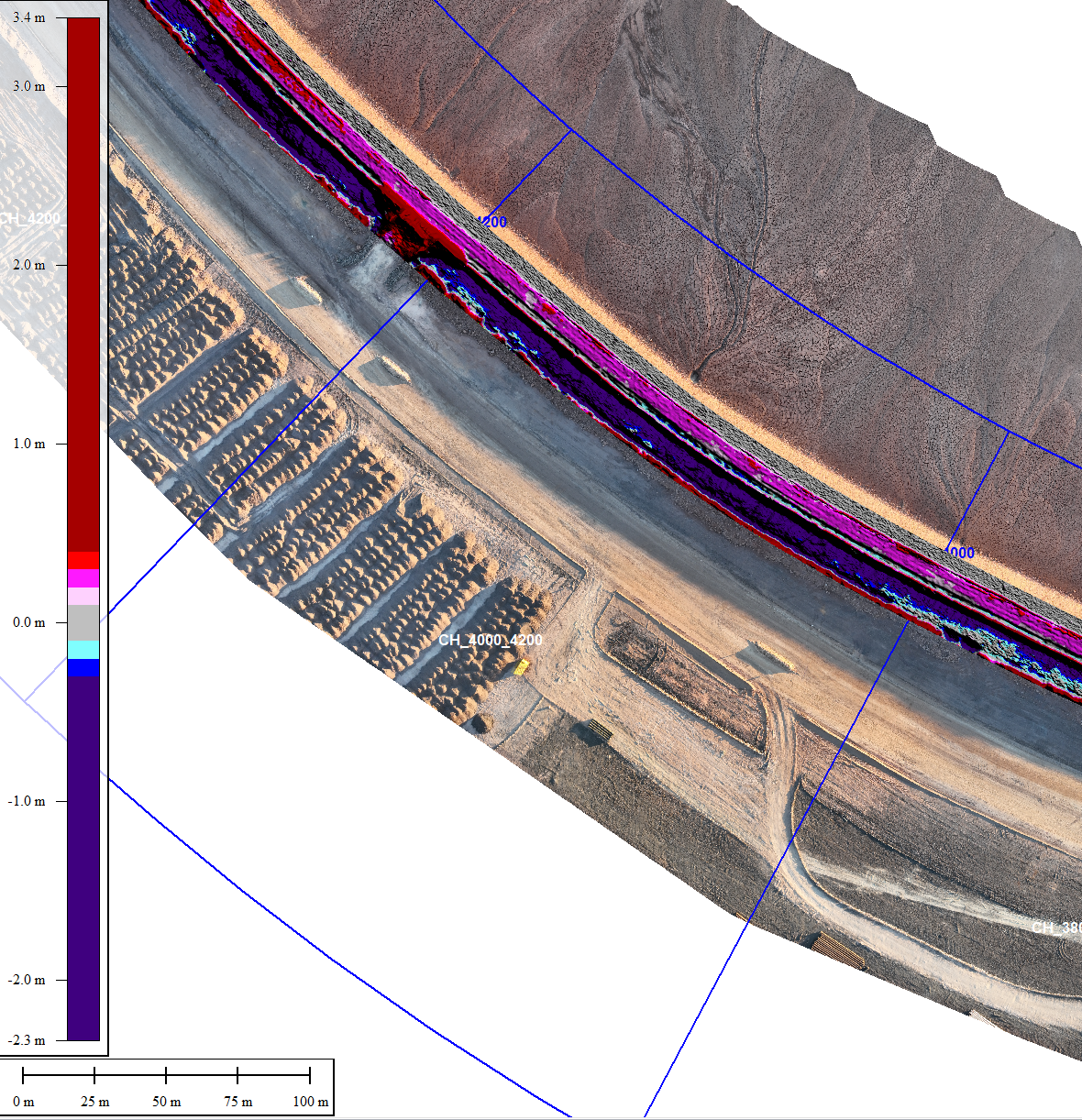Nothing ruins your quarter like discovering 10% of your gold is missing.
That's exactly what happened at this WA mine during end-of-month reconciliation. The geology team spotted a discrepancy of 10% less gold ounces in their ROM stockpile than expected.
With only three weeks left in the quarter, the operations team had to scramble. They made emergency schedule changes, redirected crews to high-grade areas, and pushed more ore through processing. Whatever it took to hit their targets.
The culprit?
They were only doing stockpile surveys once a month so had to estimate volumes in between surveys.
"We had 60 truck loads yesterday, each carrying roughly 200tonnes..." It sounds reasonable until month-end reality hits.
.png)
Look, let’s be realistic, every operation has limited survey resources, but most ops teams don’t realise how easy it is to automate stockpile surveys now.
Lots of mines we work with do weekly or even daily stockpile surveys with automated drones. They run our xBots on a set schedule at the same time everyday, completely hands-off.
Manual stockpile surveys are predictable and repetitive, but they take up hours of surveyor time. Autonomous drones can handle these flights automatically on a set schedule.
.jpg)
Your volume calculations and 3D models are ready within hours, and automated flight patterns give you consistent image overlap and quality. Because it’s automated, you can run surveys more often: daily, weekly, or whenever you need. That means better data for planning and fewer surprises at end of month.
Docked drone systems sit in a weatherproof unit that houses the drone and its charging and communications systems. It arrives on site pre-mounted on a skid to make installation simple. Just set it on a concrete pad, connect standard 240V power, and you’re ready to go. You can also use off-grid power options like hybrid solar, battery, and diesel.
When scheduled or triggered manually, the roof slides open, the drone takes off, flies a pre-set route, and returns to recharge. The data uploads automatically, streaming live to your team via Starlink, LTE/5G, or your site network. Starlink is included by default so there’s often no need to connect to your own network, making it easy to get a trial unit running with less IT overhead.
With existing CASA BVLOS approvals already in place for more than 140 Australian locations, you can be up and running within weeks. Docked drones are also surprisingly affordable: 5 years ago, this tech used to cost$500k per unit. Now, systems like our SurveyBot start from around $50–60k.


.png)



